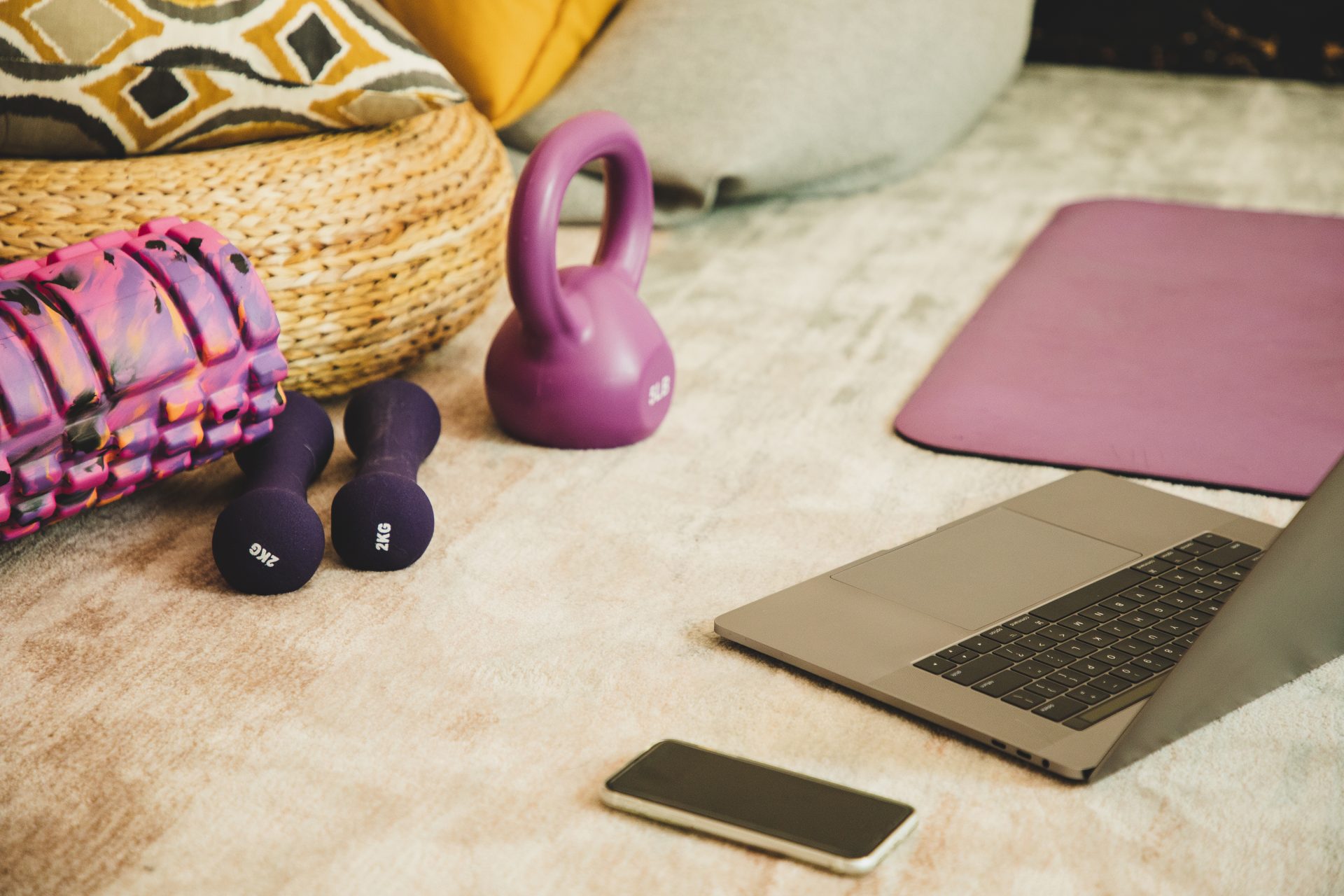How to choose the right weights for your strength-building workout
If you want to add weights to your home workouts but don’t know what size dumbbells to buy, look no further.
Is it just us, or do gyms seem a little quieter post-lockdown? That might be because working from home has made our schedules more flexible, meaning the death of ‘peak times’. But it could also be down to the nation’s love affair with home workouts. Lockdown made many gym-goers realise that they didn’t need access to an expensive club to get a good sweat on; according to research from RunRepeat in December 2020, three out of four gym members had decided to favour home or outdoor workouts this year.
At the height of the pandemic, home workouts were synonymous with bodyweight training due to the fact that you couldn’t get your hands on kit no matter how often you refreshed Argos’ home page. Now that weights are back in stock, it might be time to start adding some extra resistance into your home workouts. But what equipment do you really need?
You may also like
Strength training: 14 dumbbells and other workout items to buy now
“There’s no clear-cut answer for this, as it really depends on what your goals are, if you’re new to weight training and if you have any injuries,” says personal trainer Zara Ozard. “It’s worth bearing in mind that you might want a range of kit too, as you end to lift heavier on lower body exercises versus upper body.”
A good weight, she explains, is one that allows you to complete your set with the muscles feeling close to fatigue (that is, not being able to do any more reps). “My advice is to ensure that you’ve developed good form and technique in your bodyweight exercises first, so when you’re ready to add weights you don’t injure yourself. Then, start out slow and light, and build up your capabilities,” Zara explains.
What size weights should beginners use for home workouts?
Total beginners, who have only ever trained at home with no guidance from a personal trainer, should start with weights anywhere from 2kg-6kg, says Zara. “You don’t want to start too heavy and end up losing confidence when you can’t perform exercises,” she says.
If you have been doing bodyweight training for a while and already feel pretty strong (those press-ups really pay off, you know), you might be ready to step up to medium-sized weights. For that, you could opt for dumbbells that weigh around 6-10kg. Anything over that would be classed as ‘heavy’ when it comes to your home workouts – perfect for those who have swapped gym-based training for home workouts.
Dumbbells in their teens may sound light for those who regularly squat 40kg plus at the gym, but remember that barbells are a different territory. Squatting with a dumbbell will require you to get the weight onto your shoulders or hold it at your chest, whereas the racks in the gym are designed to take this extra strain off the movement.
Isolation exercises will also require lighter weights than compound movements: you will probably be able to row more than you can bicep curl, for instance.

Do I need lots of dumbbells?
Does all of this mean that you need to purchase a whole host of dumbbells in order to get the best workout? Not at all. “In an ideal world, you would have a range of weights because it would allow you to tailor every exercise to the perfect rep range and allow you weekly progression,” says Zara. But if you don’t have the money or space for a complete home gym, that’s totally fine – there are loads of different ways to progress using just the one dumbbell.
You may also like
The best weight training exercises you can do with small weights
“You can introduce new exercises and various training principles to make things more challenging,” says Zara. She suggests taking less rest between exercises to make the session more challenging on your body, slowing exercises down to increase the amount of time your muscles are under tension and performing single leg or arm exercises to isolate the muscles.
To further load up a muscle, you could perform supersets that target the same area. For example, chest press followed by press-ups. Don’t overlook adding in resistance bands, either. These can be used in drop sets, moving from dumbbell exercises to banded exercises (such as dumbbell hip thrust to banded hip thrust, or dumbbell lat raise to banded lat raise).
Sign up to the Strong Women Training Club for strength training workouts you can do from home.
Images: Getty
Source: Read Full Article
